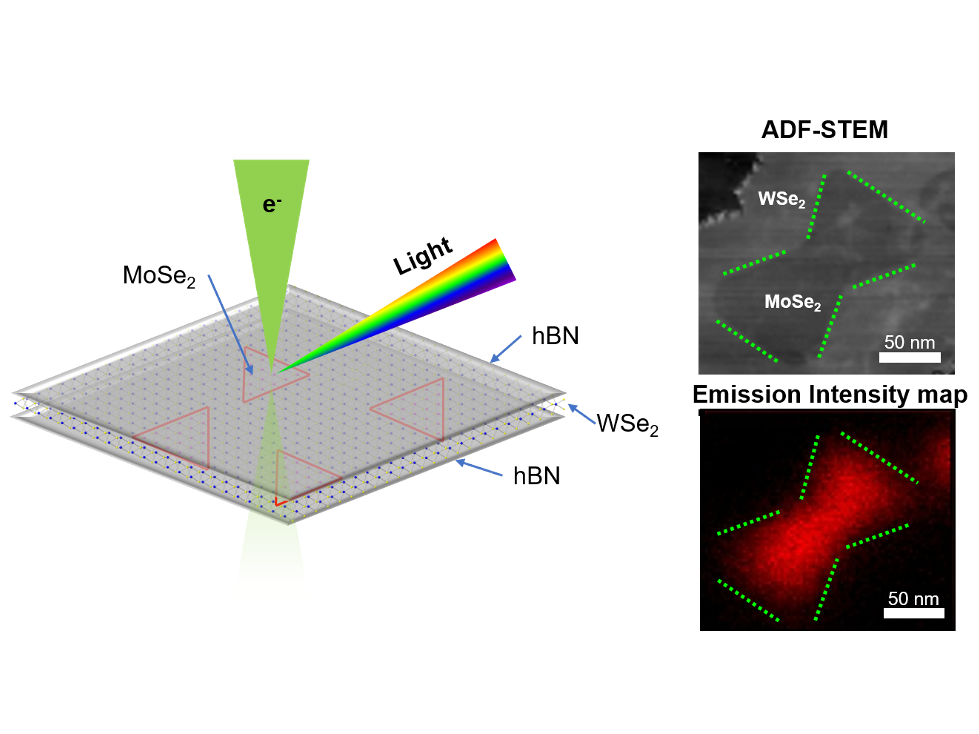
Category Technology/Electronics


Johns Hopkins University engineers have developed a pioneering prosthetic hand that can grip plush toys, water bottles, and other everyday objects like a human, carefully conforming and adjusting its grasp to avoid damaging or mishandling whatever it holds.
The system’s hybrid design is a first for robotic hands, which have typically been too rigid or too soft to replicate a human’s touch when handling objects of varying textures and materials. The innovation offers a promising solution for people with hand loss and could improve how robotic arms interact with their environment.
Details abou...
Read More
Zuchongzhi-3, a superconducting quantum computing prototype with 105 qubits and 182 couplers, has made significant advancements in random quantum circuit sampling. This prototype was successfully developed by a research team from the University of Science and Technology of China (USTC).
This prototype operates at a speed that is 1015 times faster than the fastest supercomputer currently available and one million times faster than the latest results published by Google. This achievement marks a milestone in enhancing the performance of quantum computation, following the success of Zuchongzhi-2...
Read More
Quantum computers could be made with fewer overall components, thanks to technology inspired by Schrödinger’s cat. A team of researchers from Amazon Web Services has used “bosonic cat qubits,” to improve the ability of quantum computers to correct errors. The demonstration of quantum error correction requiring reduced hardware overheads is reported in a paper published in Nature.
The system uses so-called cat qubits (qubits are the quantum equivalent to classical computing bits), which are designed to be resistant against certain types of noise and errors that might disrupt the output of quantum systems. This approach requires fewer overall components to achieve quantum error correction than other designs.
Quantum computers are prone to errors, ...
Read More






Recent Comments